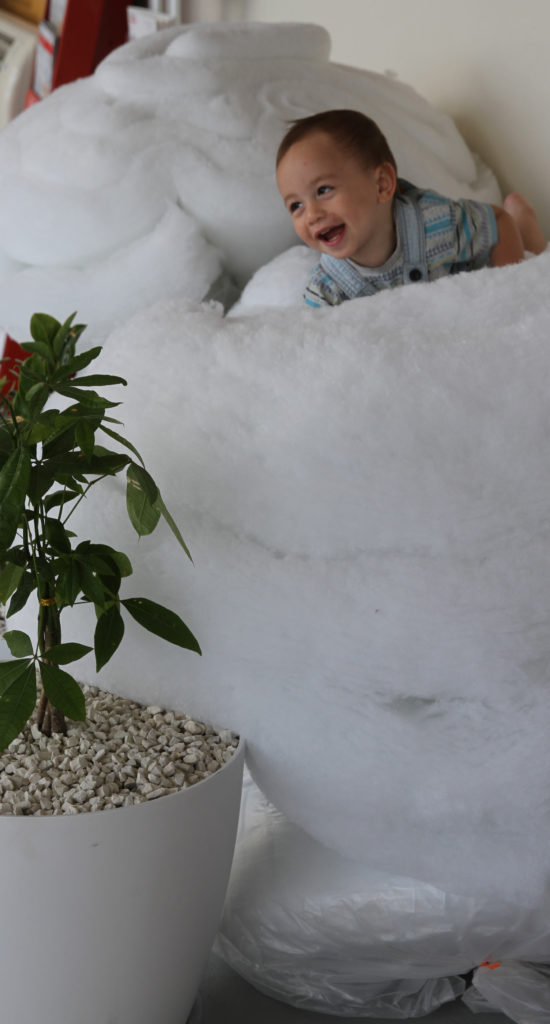Our position is based on what we believe is sound technical knowledge provided by BRANZ and the Eco Design Advisor service. It is our view that the majority of New Zealand housing stock performs poorly regarding staying warm and dry. This is especially the case regarding a significant proportion of our rental properties.
CEN believes that all residential buildings in New Zealand should meet these minimum standards:
- All new homes and as many older homes as possible must have ceiling and underfloor insulation.
- The 2006 Building Code prescribes the minimum standard for insulation. CEN believes that in many cases where the design or other aspects of the home does not allow for efficient and effective heat generation, be it active or passive, that the insulation performance should be significantly greater than this minimum standard.
- All properties should have an appropriate fixed heating device. Typically this would be a heat pump or wood burner (size and location are critical).
- Portable LPG gas burners should be made illegal due to health impacts of their use, safety concerns and poor heating performance.
- Where there is an accessible underfloor cavity, all properties should have a moisture barrier installed.
- All bathrooms and kitchens should have appropriately sized ventilation systems (not including windows).
- Minimum indoor temperature based around minimising health impacts from cold homes must be at least 16˚C in a bedroom and 18˚C in living areas. CEN believes that all properties should be able to meet these minimum standards in a cost effective manner.
- CEN believes New Zealand’s approach to our poor quality housing stock should be holistic. That is, addressing just one of the causes of a cold and damp house often does not result in the positive outcomes envisioned – a poorly designed house with no or inadequate heating will be cold irrespective of whether it has good insulation or not.
While making the statement above, we also recognise the very real and significant contribution successive Governments have made in the last 10-15 years regarding subsidies provided for the installation of insulation. The contribution of the philanthropic sector in this programme has also been significant.




